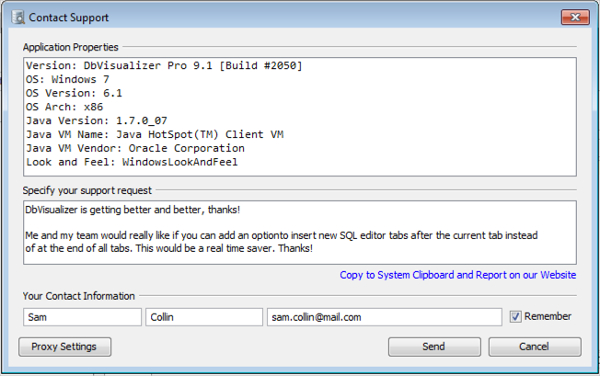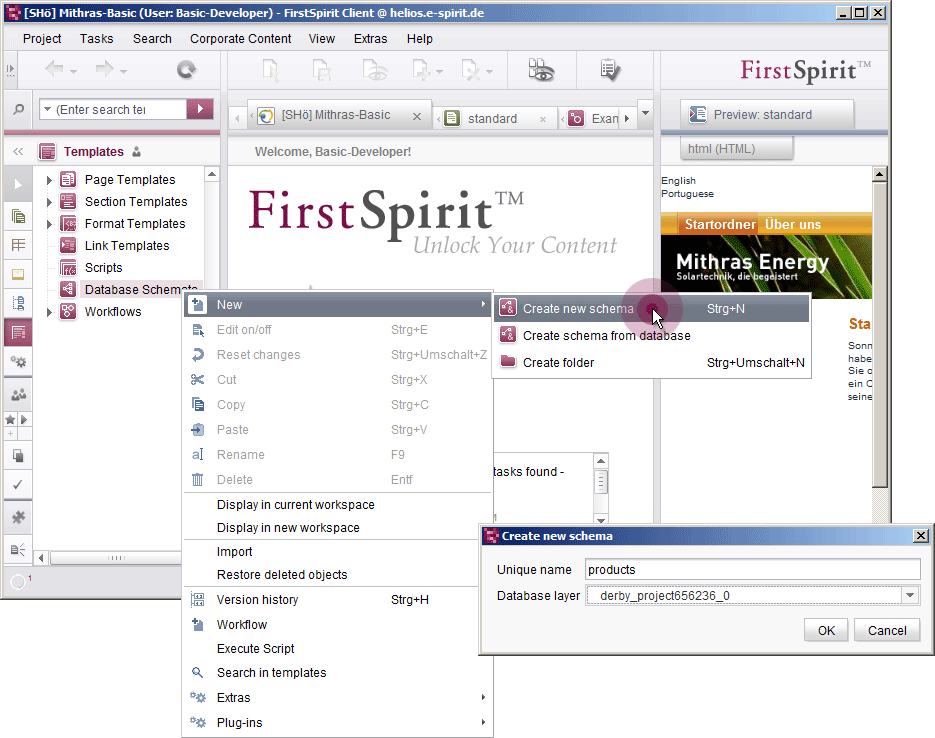

You can confirm the data has been added with: SELECT * FROM products SELECT * FROM categories Run the following commands to add a product and category to your tables: INSERT INTO categories ( name ) VALUES ( 'Office supplies' ) INSERT INTO products ( name, image_url, category_id ) VALUES ( 'Ballpoint pen', '', '1' ) Now that you have created your tables, let's insert some data. You can confirm that the tables have been added by running: SHOW TABLES For more information, check out our Operating without foreign key constraints documentation. PlanetScale does not support foreign key constraints, but we do support the use of relationships with foreign keys, as shown in this example.

Click "Connect".Ĭreate the categories and products tables by running the following commands in the web console: CREATE TABLE categories ( id int NOT NULL AUTO_INCREMENT PRIMARY KEY, name varchar ( 255 ) NOT NULL ) CREATE TABLE products ( id int NOT NULL AUTO_INCREMENT PRIMARY KEY, name varchar ( 255 ) NOT NULL, image_url varchar ( 255 ), category_id INT, KEY category_id_idx ( category_id ) ) This will open up a web console connected to your database branch.īy default the main branch is preselected.
#ONLINE TOOLS TO GENERATE DBSCHEMA HOW TO#
This quickstart demonstrates how to create and use two relational tables: categories and products.įrom your database's overview page, click on the " Console" tab in the database navigation. Once you promote your branch to production, you can always create new branches (isolated copies of the production schema) off of production to use for development.

Think of this as your development environment where you can test schema changes before deploying your database to production. Your database is created with an initial development branch, main, which you will use to apply a schema change and insert data.

Click the " Create a database" button on your organization's overview page.You'll need a PlanetScale account to complete this guide. I want a tool that I could edit, delete in case I want to add another column, change the data type and change the name etc.A video demo of everything covered in this guide Getting started - PlanetScale dashboard If I click the name "TimeDim" it will take me to another page where I can see the database properties written below and the description of each column. ProfileDim tableĭateHired datetime-EmployeeStartDate datetime, If I click the name of the Database table, it will either pop up a small window with its database properties and column description or another window will pop up with its database properties and column description.įor example I have a Schema table interface composed of a profile and time tables.View the database schema that I will upload in a Sharepoint workspace.
#ONLINE TOOLS TO GENERATE DBSCHEMA FREE#
Is there a free web based tool (I prefer Microsoft because I have an MSDN account) to view the database schema and its properties? I'm currently using Visio but I dont know if it's possible in Visio to do the following:


 0 kommentar(er)
0 kommentar(er)
